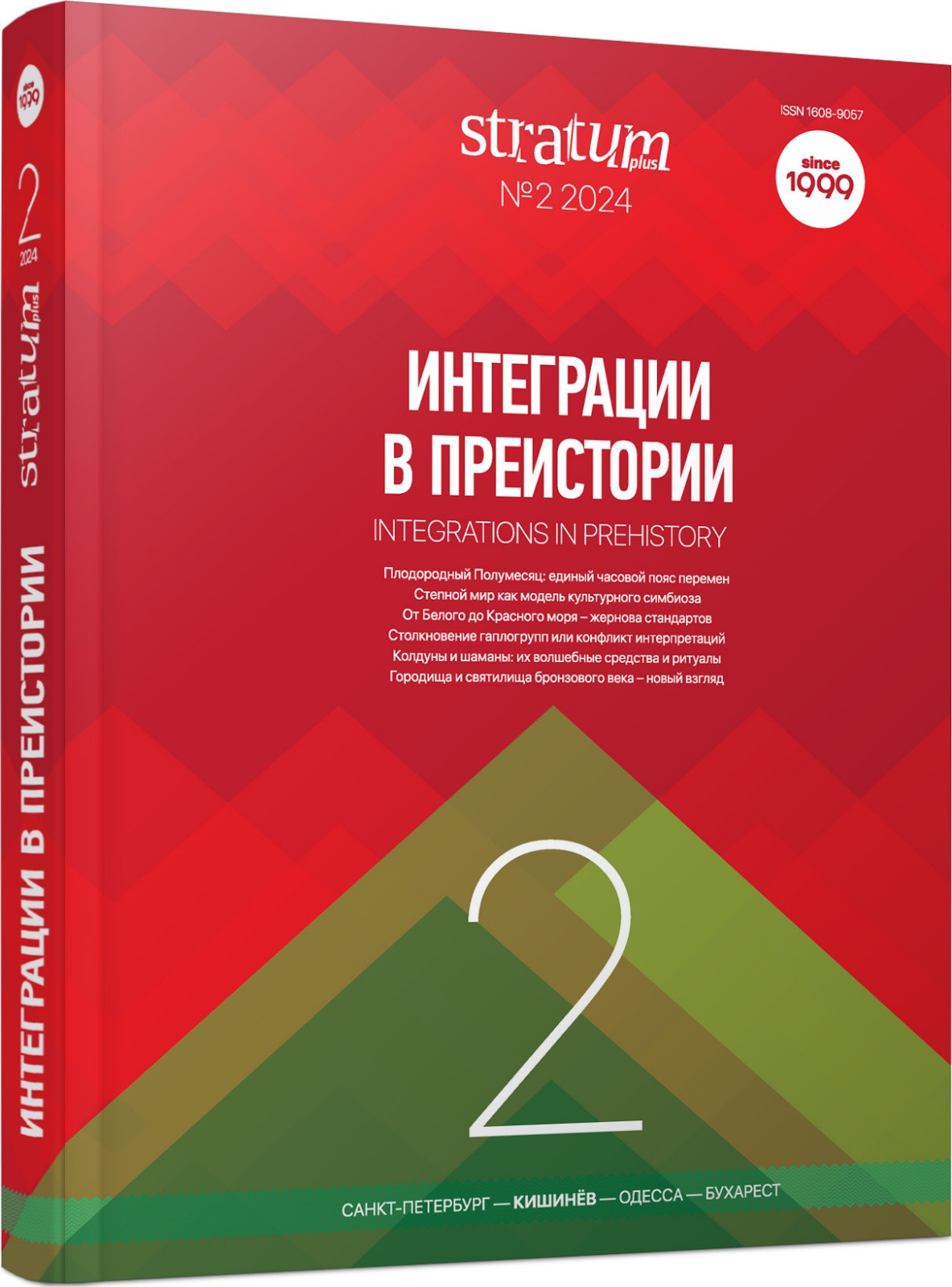О разработке месторождений ляпис-лазури на Среднем Востоке (к вопросу о локализации страны Аратта)
On the Exploration of Lapis Lazuli Deposits in the Middle East (On the Issue of Localization of the Aratta Country)
Author(s): Leonid M. SverchkovSubject(s): History, Archaeology, Economic history, Ancient World
Published by: Издательский дом Stratum, Университет «Высшая антропологическая школа»
Keywords: Middle East; Tukriš; Gutium; Eneolithic; Bronze Age; Painted Pottery Culture Anau-Namazga; Grey Ware Culture of Northeastern Iran
Summary/Abstract: Many years ago V. I. Sarianidi did not accidentally raise the issue of the origin of lapis lazuli, since this problem goes beyond the purely geological definition of deposits of this highly valued mineral in the East. The analysis of ancient written sources, coupled with geological and archaeological data, allows us to answer many questions about the historical geography and ethnic history of the countries adjacent to Mesopotamia. Still, one of such key questions is the localization of the semi-legendary country of Aratta, whose heir, judging by the export of lapis lazuli, was the country of Tukriš. The discovery of lapis lazuli sources not only in Badakhshan (Northern Afghanistan), but also in Northeastern Iran serves as a remarkable indicator for the identification of these countries. From the point of view of archeology, all known deposits of lapis lazuli were located in the area of a two-component community, including (in one ratio or another) the culture of painted ceramics of the Anau-Namazga type and the Grey Ware Culture of Northeastern Iran (and Southwestern Turkmenistan).
Journal: Stratum plus. Археология и культурная антропология
- Issue Year: 2024
- Issue No: 2
- Page Range: 139-147
- Page Count: 9
- Language: Russian
- Content File-PDF

